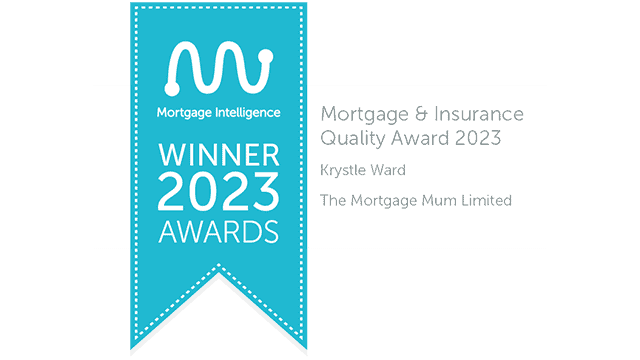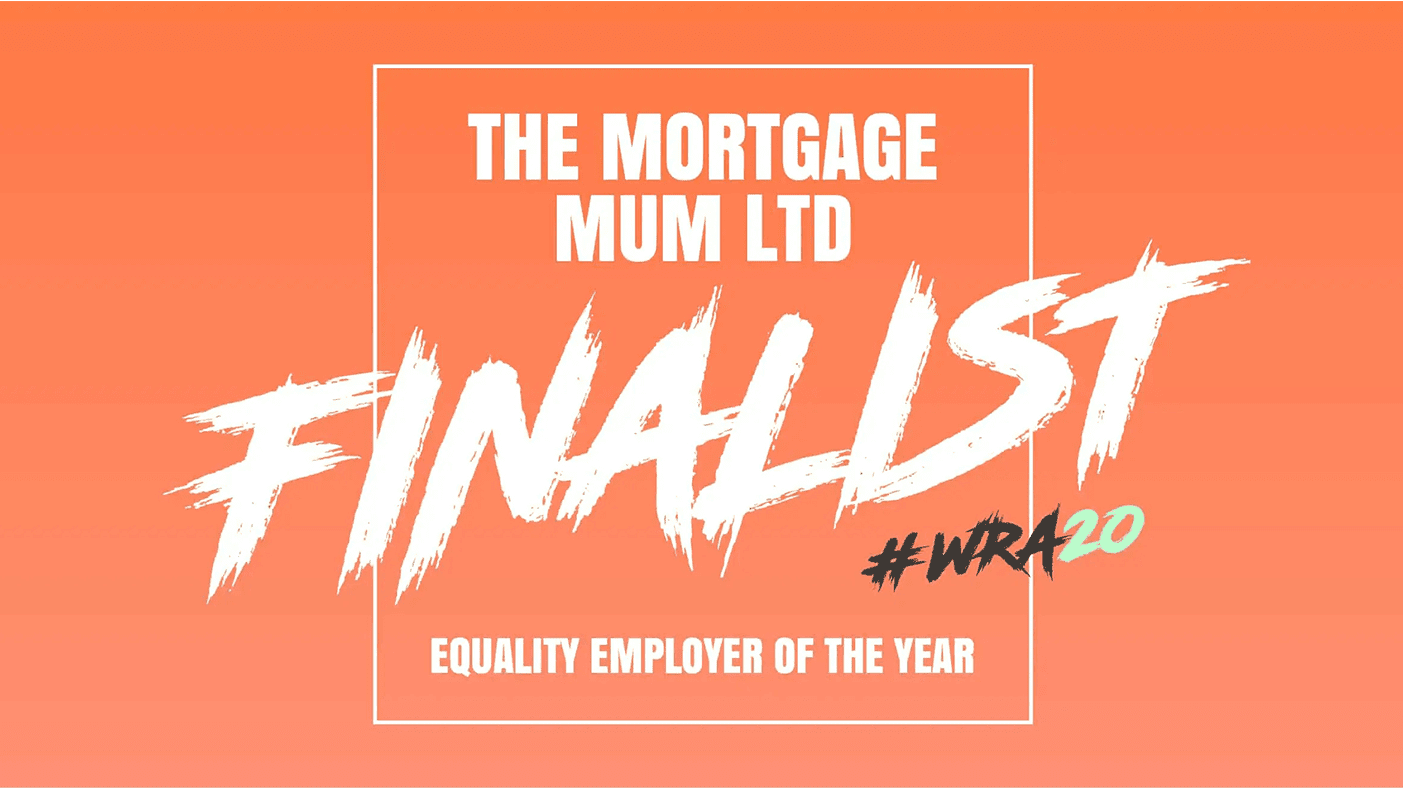Loan to income and loan to value (or LTV) are phrases you often hear in the mortgage industry…
😯 The two terms are easy to mix up, understandably, but they are very different. It’s important to know the difference because both loan to income and loan to value are key factors used to determine how much you can borrow for a mortgage.
🏡 Recently, there’s been a surge in lenders offering 95% LTV products aka mortgages you only need a 5% deposit for. Loan to value means the amount of the house price the bank is going to provide, so a 95% LTV means the bank is forking out 95% of the money needed to buy the property. However, many buyers are finding that even though 95% LTV (5% deposit) mortgages are available, they can’t take advantage of them. This is because of the all-important, loan to income multiple.
💰 A loan to income multiple is where the bank takes your household’s income and multiplies it by a certain amount to work out how much they’re willing to lend to you. At the moment, a common multiple being used is 4.49, although this varies depending on several factors and across different lenders so talk to your adviser for more information. As an example of how income multiples work, say you and your partner are buying a property together and you both earn £25,000 each. If you used a lender offering a 4.49 loan to income multiple, the most they would lend you is £224,500.
😳 This is where the difficulty can occur: if you want to buy a property for £249,000 (which was the average UK house price in January 2021), a 5% deposit would be £12,450. However, say you’re the couple earning £25,000 each from before and the bank will only lend you £224,500. As a result, between the bank’s loan and your deposit, you’ve only got £236,950 in total. You’re missing £12,050. See the problem now? That extra £12,050 is money that you would have to save up and pay as part of your deposit, meaning that your 5% deposit becomes a 10% deposit and you won’t be using a 95% LTV product.
🏡 Obviously, property prices vary depending on location, size and type: a three bed house costs more than a one bed at… unless the house is in Middlesborough and the flat is in Chelsea. Similarly, income varies depending on location, profession, age etc.
☎️ So, although you now know what loan to income multiple and loan to value mean, it’s still worth speaking to your adviser about how they will impact you specifically.
📞 If you’d like to discuss the options available to you, contact your adviser today.
Catch up on other blog posts from The Mortgage Mum here.
Sign up to The Mortgage Mum email newsletter here.
Source: Mortgage Intelligence

























































